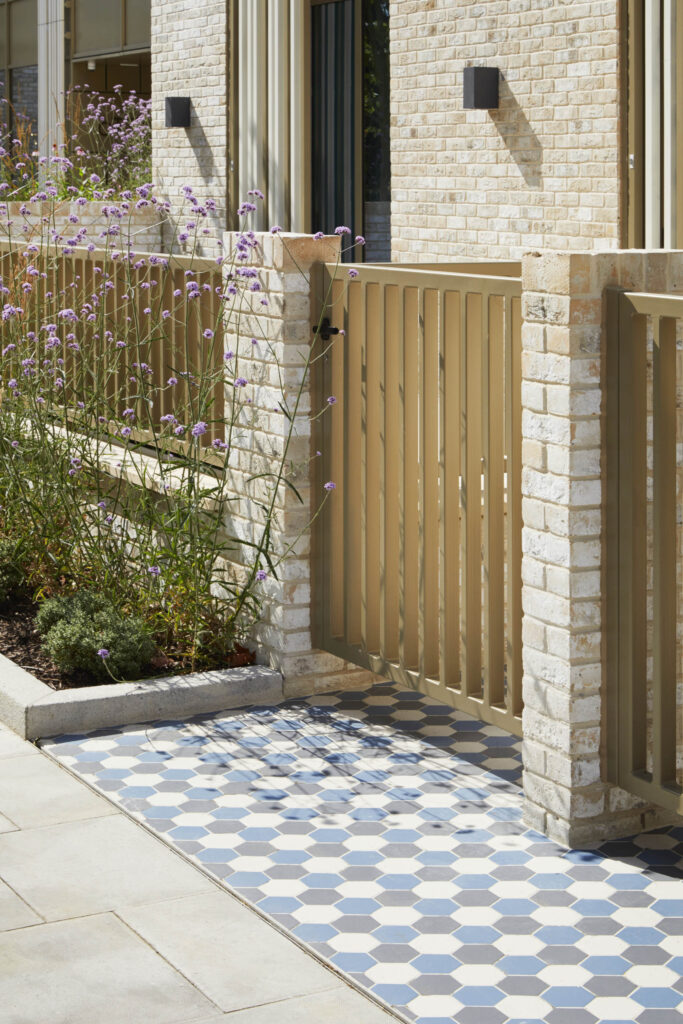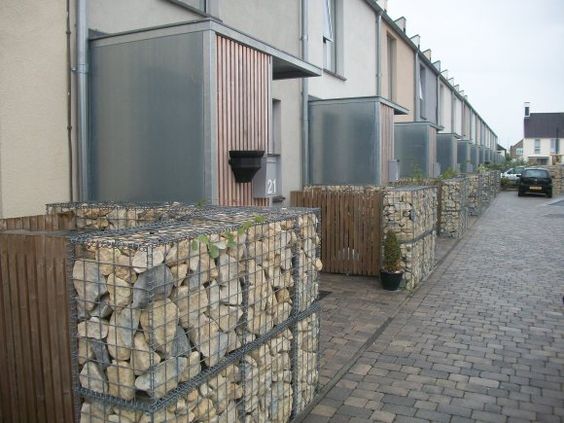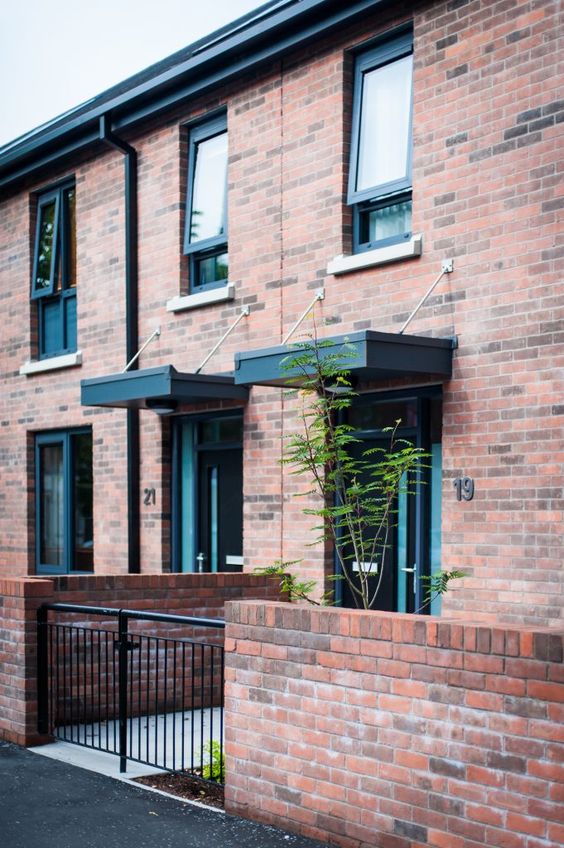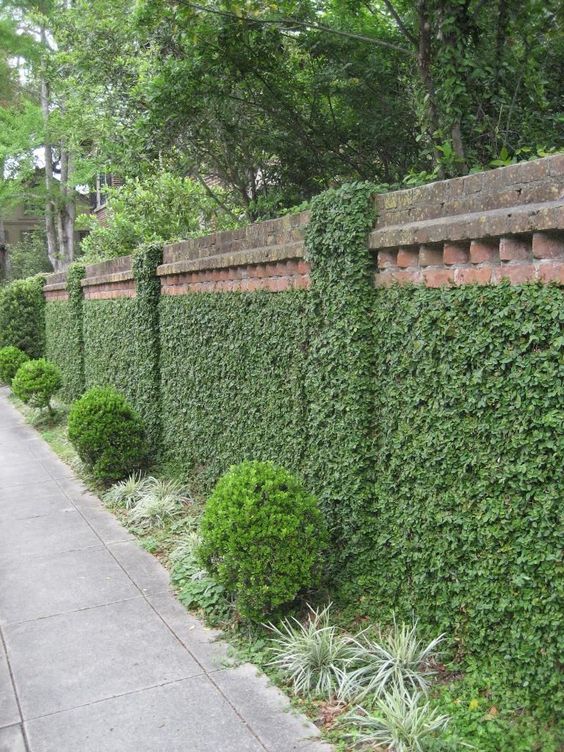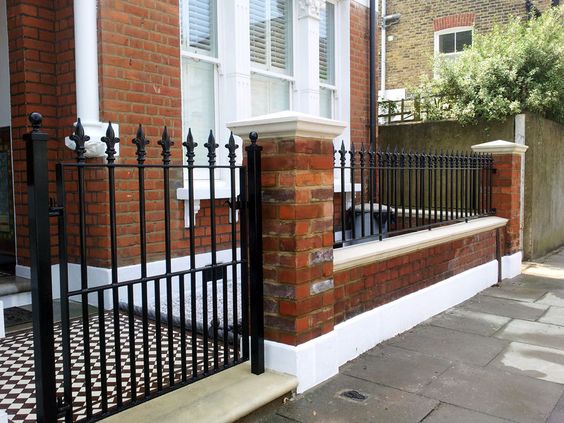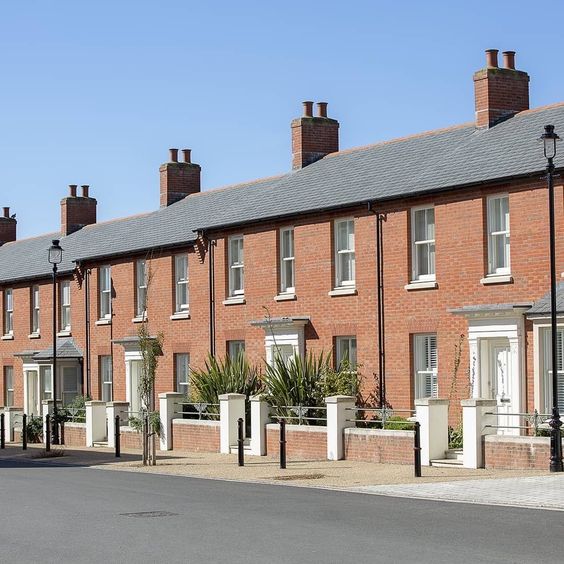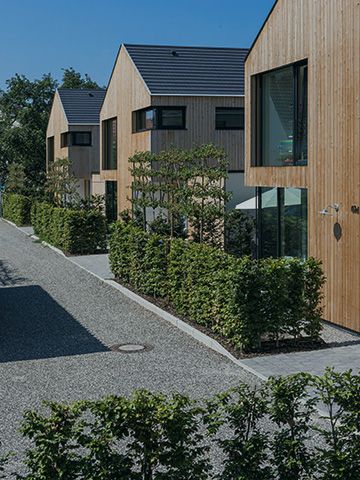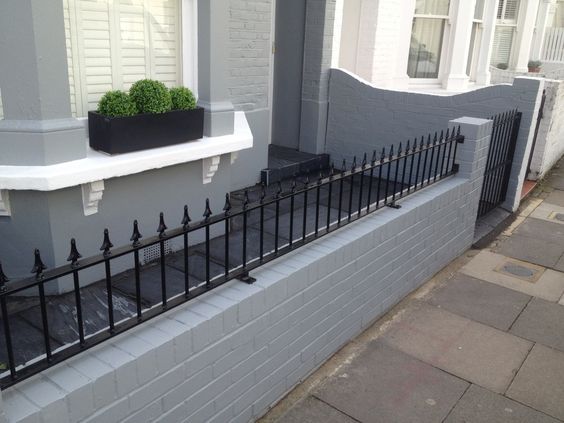The identity or character of a place comes from the way that buildings, streets and spaces, landscape and infrastructure combine together and how people experience them.
Trafford Design Code
Trafford Council, Trafford Town Hall, Talbot Road, Stretford, M32 0TH


